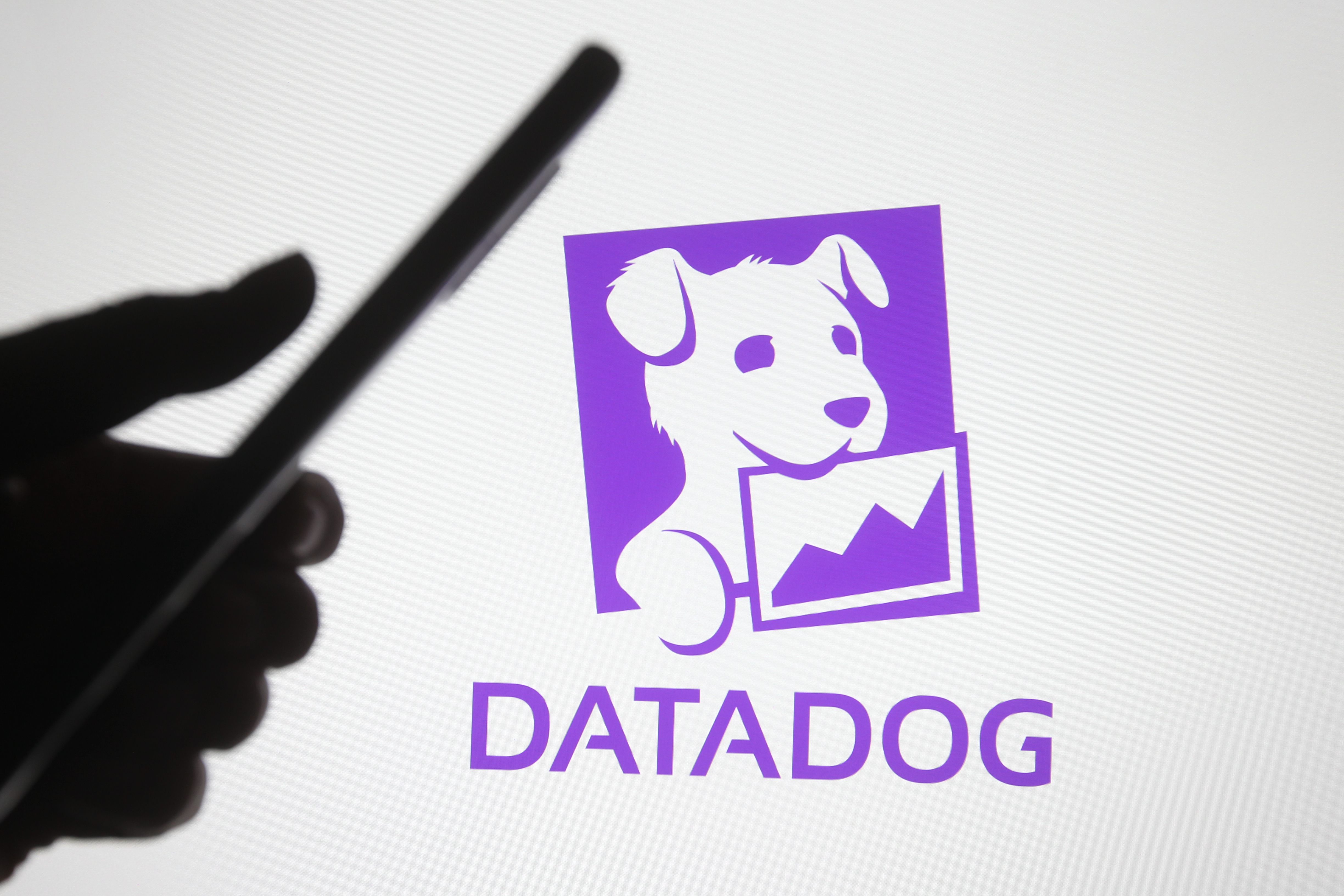Datadog's ASM platform unmasks attack flows at code level
The service employs distributed tracing to identify cyber criminals

Datadog, a provider of cloud monitoring and security services, has announced the general availability of its Application Security Monitoring (ASM) platform.
Aimed at eliminating silos between security, development, and operations teams, ASM makes use of “distributed tracing” to alert organizations to potential attacks targeting code-level vulnerabilities in web applications and APIs, including server-side request forgery (SSRF) and cross-site scripting (XSS).
ASM also provides visibility into attack flows, helping teams determine which OWASP threats kindle atypical application behavior. In addition, code-level context provides actionable insights for faster remediation.
“Security threats are increasingly focused on accessing data through an organization's applications by identifying and exploiting vulnerabilities at the code level. These threats bypass legacy, perimeter-based security solutions, which are unable to accurately differentiate between a valid application request and one that poses a security risk,” explained Datadog.
ASM by Datadog complements the firm’s recent acquisition of SaaS-based application security platform Sqreen, which is now fully integrated with Datadog’s cloud security solution.
"Applications are frequent sources of data breaches because security solutions have not kept pace with modern attacks, which focus on exploiting software code vulnerabilities," commented Pierre Betouin, VP of product and cloud security platform at Datadog.
RELATED RESOURCE

"Legacy, perimeter-based security solutions cannot adequately address the complexity of today's advanced software architectures, which greatly increase the number of applications, APIs and services that must be monitored.
Get the ITPro daily newsletter
Sign up today and you will receive a free copy of our Future Focus 2025 report - the leading guidance on AI, cybersecurity and other IT challenges as per 700+ senior executives
“We believe the answer is to use distributed tracing to more accurately detect attacks that expose organizations to risk. This approach helps teams get visibility on authenticated attacks and those that trigger code-level anomalies, ultimately helping them collaborate and respond to threats more quickly," added Betouin.
-
 Should AI PCs be part of your next hardware refresh?
Should AI PCs be part of your next hardware refresh?AI PCs are fast becoming a business staple and a surefire way to future-proof your business
By Bobby Hellard Published
-
 Westcon-Comstor and Vectra AI launch brace of new channel initiatives
Westcon-Comstor and Vectra AI launch brace of new channel initiativesNews Westcon-Comstor and Vectra AI have announced the launch of two new channel growth initiatives focused on the managed security service provider (MSSP) space and AWS Marketplace.
By Daniel Todd Published